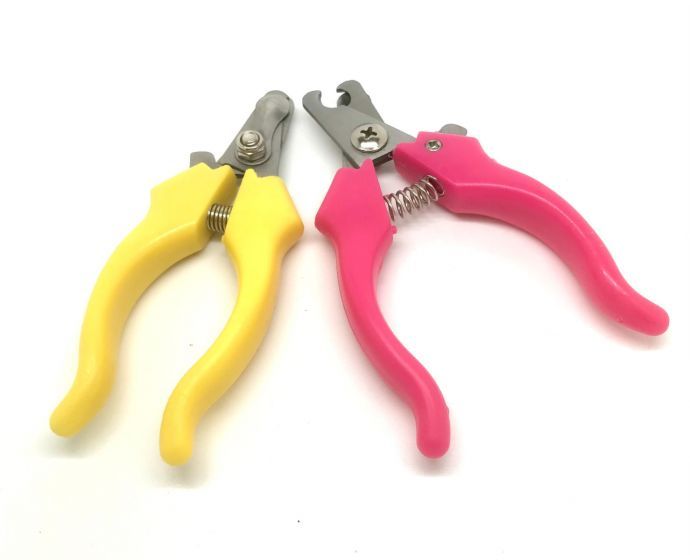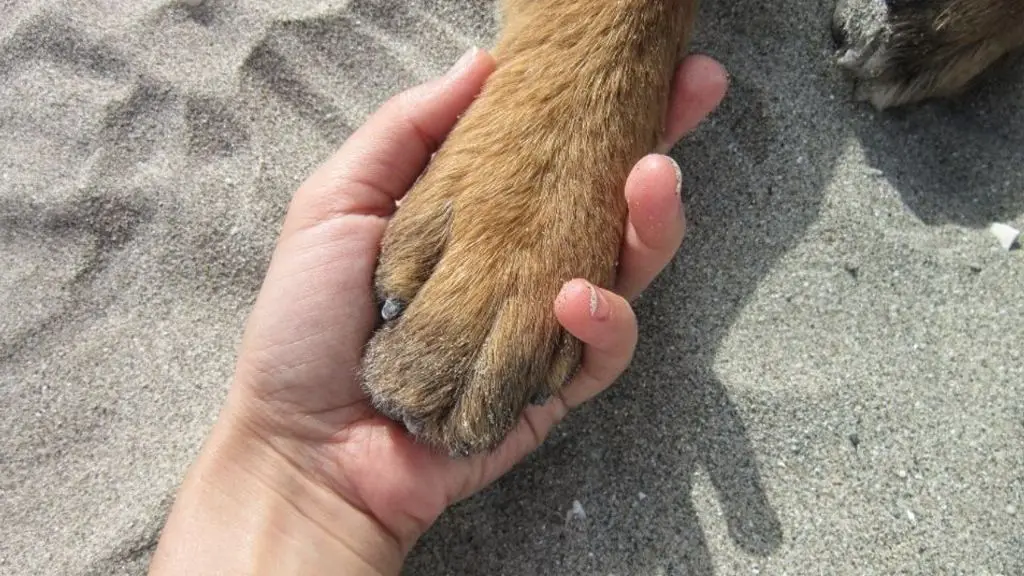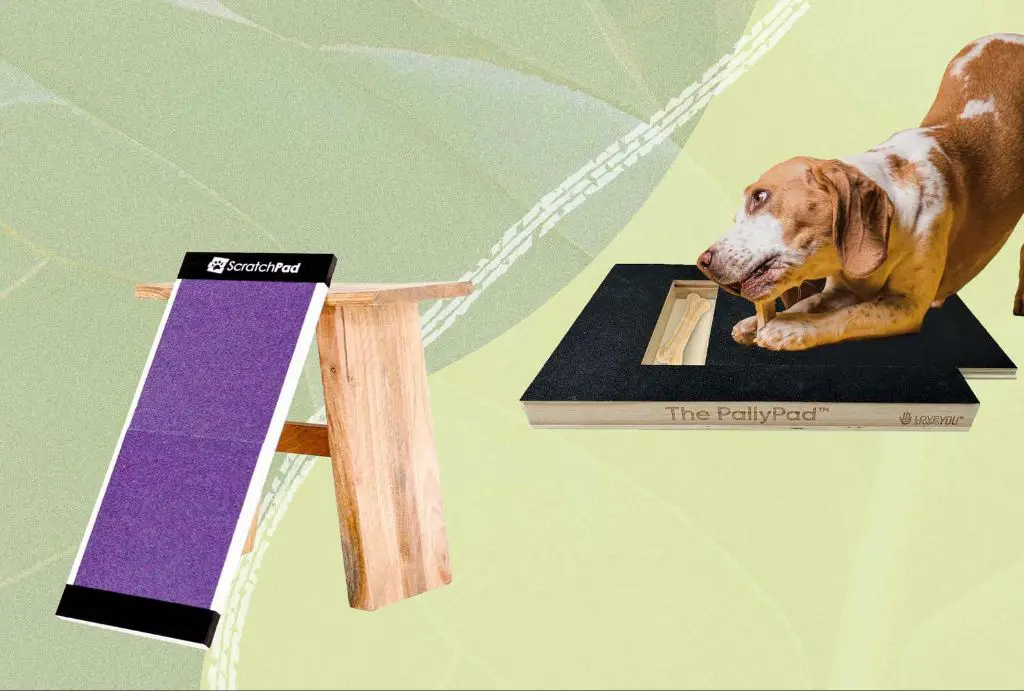Introduction
Keeping your dog’s nails trimmed is an important part of maintaining their health and wellbeing. Overly long nails can cause pain and discomfort, affect your dog’s posture, and increase the risk of injury. Trimming also allows you to regularly inspect the nails for any issues. According to Advanced Pet Vet, “Trimmed nails are a clear sign of your pet’s health and hygiene.”[1] Some key reasons to regularly trim your dog’s nails include:
- Avoids injury and infection – Long nails are more prone to breaking or splitting, which can be very painful.
- Maintains good posture – Overgrown nails alter a dog’s stance, putting extra pressure on their legs and spine.
- Prevents splayed toes – Long nails can force the toes to spread apart, causing long term issues.
- Allows normal movement – Properly trimmed nails give dogs better traction and mobility.
- Keeps the quick short – Frequent trims encourage the quick to recede.
- Enables inspection – Trimming gives you a chance to check nails for problems.
In summary, keeping your dog’s nails short contributes greatly to their comfort and allows for normal functioning of their feet and body. It’s recommended to trim nails as often as needed to avoid overgrowth.
[1] https://advancedpetvet.com/2021/02/02/why-is-it-important-to-trim-your-pets-nails/
Signs Your Dog’s Nails Are Too Long
Some of the most common signs that your dog’s nails are too long include:
- Click-clacking on hard surfaces like tile or wood floors – You’ll hear their nails making noise as they walk around the house.
- Getting caught or hooked on surfaces – Long nails can get caught in carpets, bedding, or even your clothing as your dog jumps up.
According to greatpetcare.com, when your dog’s nails are too long, they create an unnatural angle for the foot which causes unequal pressure on the toes. This can lead to pain and problems walking. Other signs include nails splitting or fraying at the ends from being too long.
It’s important to regularly inspect your dog’s nails and trim them before they get painfully long. If you hear click-clacking or see getting caught on surfaces, it’s time for a trim.
Supplies Needed

When it comes to trimming your dog’s nails at home, having the proper supplies is crucial for a safe and effective trim. Here are the key supplies you’ll need:
- High quality nail clippers – Look for professional clippers specifically designed for dogs, like the Safari Professional Nail Trimmer[1]. Avoid using human nail clippers, as they can split or crack dog nails.
- Styptic powder/quick stop – Have styptic powder or quick stop solution on hand to stop bleeding if you accidentally cut the quick. Kwik Stop Styptic Powder[2] is a top choice.
- Treats – Keep treats nearby to reward your dog during the process.
- Non-slip surface – Choose a sturdy surface with traction to keep your dog from sliding during the trim.
With the right high quality tools and supplies, you can trim your dog’s nails safely at home.
[1] https://www.amazon.com/Best-Sellers-Dog-Claw-Care/zgbs/pet-supplies/2975364011
[2] https://store.ryanspet.com/Health-Wellness/Nail-Care
How to Prepare Your Dog

Before trimming your dog’s nails, it’s important to get them comfortable with having their paws handled. This will make the process much easier for both you and your dog. Here are some tips for preparing your dog:
- Start by gently touching their paws and rewarding with treats. Do this regularly so they get used to having their paws handled.
- Gently press on each toenail to mimic the feeling of having them trimmed. Reward with treats and praise.
- Play with your dog’s paws during calm moments like watching TV together. Touch between toes and pads to get them comfortable.
- Try after exercise when your dog is relaxed. Tired dogs are usually more amenable to paw handling.
- Introduce the nail clippers near your dog without actually trimming. Let them sniff and get accustomed to the tool.
- Go slowly and work up to actually clipping. Stop if your dog seems distressed.
With regular, positive conditioning your dog will learn to accept nail trims as just another part of their routine. Always stay calm and make it a good experience for them.
Trimming Technique
When trimming your dog’s nails, it’s important to follow proper technique to avoid hitting the quick and causing pain or bleeding. Here are some key tips for trimming technique:
- Hold your dog’s paw firmly but gently, with their foot resting on your palm. This gives you control and avoids your dog jerking their paw.
- Identify where the quick is before clipping. The quick is the pinkish area inside the nail containing nerves and blood vessels. Avoid trimming this part.
- Only trim the very tip of the nail using sharp trimmers. Cutting too much at once risks hitting the quick. Just take off a small sliver.
- If your dog has light nails where you can see the quick, cut below it. For dark nails where the quick isn’t visible, trim off a small amount and stop if you see a greyish dot appear – this means you’re reaching the quick.
By holding the paw steady, carefully identifying the quick, and only trimming the very tip of the nail, you can safely trim your dog’s nails without going too short and causing them pain. Take your time and trim a little at a time.

As recommended by AKC, “Push your thumb slightly up and backward on the pad, while pushing your forefinger forward. This extends the nail. Clip only the tip of the nail, straight across.”
Trimming the Dewclaws
Dewclaws are located on the inner side of a dog’s leg, above the paw. They can easily become overgrown and should be trimmed regularly. Trimming dewclaws requires extra care, as they contain a vein and nerve bundle. Make sure to avoid cutting this bundle when trimming.
Only trim the very tip of the nail, taking small amounts off at a time. Dewclaws often curl sideways or upside down, so you may need someone to help restrain the paw while trimming. Use a small, sharp trimmer that allows you to get close to the end of the nail. Stop trimming if you see any sign of bleeding or irritation.
Some dogs may need sedation by a vet for safe dewclaw trimming, especially if they are overgrown or ingrown. Only trim what you can access easily, as forcing the issue can cause injury. Leaving some extra length is better than hitting the quick. According to Wagwalking, “Trim enough to get the nail away from the skin and then gently file the nail smooth.”
Stopping Bleeding
If you accidentally cut the quick and your dog’s nail starts bleeding, don’t panic. There are a few simple steps you can take to stop the bleeding quickly:
Apply styptic powder or quick stop powder directly to the nail. These powders contain chemicals that will constrict blood vessels and promote clotting [1]. Gently blow on the nail to disperse the powder into the wound. Hold for 30-60 seconds until bleeding stops.
Alternatively, you can use a styptic pencil, silver nitrate sticks, or even cornstarch or flour to help stop bleeding [2]. Apply direct pressure to the tip of the nail with one of these products.
If the bleeding doesn’t stop, continue applying steady pressure with a clean cloth or paper towel for 5-10 minutes. Elevating the paw above your dog’s heart can also help slow blood flow.
Stay calm and act quickly. With the right supplies, most nail bleeding can be stopped within minutes.
Trimming Frequency
The frequency with which you should trim your dog’s nails depends on a few factors. According to PetMD, the average dog should have their nails clipped every three to four weeks. However, it may need to be done more often if the nails are touching the ground as they walk [1].
For most dogs, trimming their nails every four weeks is sufficient to keep them at a healthy length. Very active dogs or those who walk on sidewalks and pavement frequently may need more frequent trims, like every two to three weeks. Dogs that primarily walk on grass or dirt may be okay with less frequent trims, like every six weeks or so.
In general, a good rule of thumb is to trim your dog’s nails often enough that they do not touch the ground when they are standing. Once or twice a month is adequate for the average dog to maintain healthy nail length.
Seeking Professional Help
If you frequently hit the quick or your dog won’t cooperate during at-home trimming sessions, it may be best to seek professional help from a vet or professional groomer. Vets and groomers have experience handling dogs who dislike having their nails trimmed and can use techniques like gentle restraints and treats to make the process easier [1]. They also have specialized nail clippers that reduce the chances of hitting the quick. Seeking professional help ensures your dog’s nails are properly trimmed without risk of injury or trauma for either you or your dog.
Look for a groomer or vet clinic that offers walk-in nail trims so you don’t need an appointment. Some big box pet stores like Petco and PetSmart offer this service. Your regular vet may also trim nails for a small fee without requiring a full exam. Calling ahead to ask about availability, pricing, and protocols can help you select the right professional nail trim option for your dog [2].
Getting your dog’s nails trimmed by a professional every 4-6 weeks can maintain healthy nail length in between home trims. It also gets your dog used to the process in a controlled setting. Over time and with positive reinforcement, your dog may become more tolerant of at-home trims as well. Proper nail care is important for your dog’s comfort and health, so don’t hesitate to enlist the help of professionals if needed [3].
[1] https://www.akc.org/expert-advice/health/how-to-trim-dogs-nails-safely/
[2] https://www.theleashteam.com/News/dog-nail-trimming
[3] https://www.primpedpooches.com/why-and-how-often-should-you-get-your-dog-s-nails-trimmed
Maintaining Healthy Nails
There are several things you can do to help keep your dog’s nails strong and healthy:
Provide scratching posts and surfaces around your home. Scratching on textured surfaces like carpeting, AstroTurf, or scratching posts helps wear down nails naturally and prevent overgrowth. Take your dog for walks on sidewalks and other hard, textured surfaces whenever possible, as this also helps maintain healthy nail length and condition.

Consider supplementing your dog’s diet with oils rich in omega-3 fatty acids like fish oil, which can moisturize nails and prevent cracking and splitting. Biotin supplements may also help strengthen brittle or weak nails by promoting keratin production. Always consult your veterinarian before starting any new supplements.
With regular nail trims, access to scratching surfaces, walks on hard ground, and supplements if needed, you can help keep your dog’s nails strong, short, and healthy.